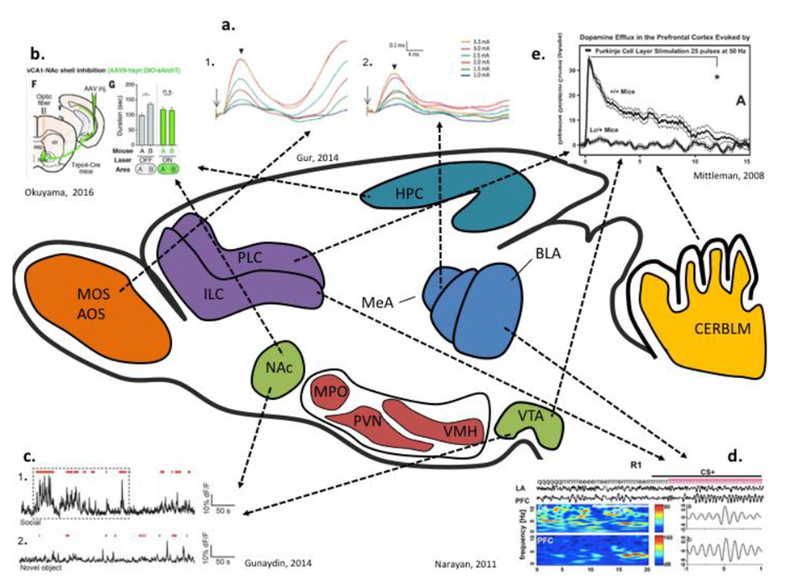Figure 1. Measures of functional connectivity within the social circuit.

Social sensory information is primarily conveyed through the olfactory and auditory perceptual circuits in rodents both of which demonstrate enhanced sensitivity to social stimuli over non-social stimuli. The sensory circuits feed into the amygdala whose functionality is critical to the impartment of emotional valence to the perceptual stimuli. Proceeds from a. counter clockwise a) Stimulation (arrow) of the accessory olfactory bulb (1) or the main olfactory bulb (2) induces an increase in the local field potential of the MeA. This response is modulated by the presence of OT. The output nuclei of the amygdala projects to the ventral striatum, the primary reward processing circuit of the brain (Gur et al., 2014). b) Optogenetic inhibition (“on” phase vs. “off” phase) of the projections from CA1 to the NAc is sufficient to disrupt social recognition c) Projections from the VTA to the NAc are activated more strongly by novel social stimuli (1) than non-social stimuli (2). The PFC interacts at multiple points within the social circuit providing an integration point for the subcortical processors of social information (Gunaydin et al., 2014). d) The BLA and the PFC undergo theta synchronization during the presentation of fear stimuli. This effect is modulated by social experience. The cerebellum interacts with both the ventral striatum and the PFC to modulate higher-order responses to social sensory stimuli (Narayanan et al., 2011). e) Stimulation of the Purkinje cell layer evokes an increase in prefrontal dopamine in wild type mice (+/+) that is absent in the Lurcher ASD mouse model (Lc/+) (Mittleman et al., 2008). MOS-main olfactory system, AOS-accessory olfactory system, PLC-prelimbic cortex, ILC-infralimbic cortex, NAc-nucleus accumbens, MeA-medial amygdala, MPO-medial preoptic area, PVN-paraventricular nucleus, VMH-ventromedial nucleus of the hypothalamus, BLA-basolateral amygdala, VTA-ventral tegmental areas, CERBLM-cerebellum, PFC-prefrontal cortex, OT-oxytocin.
